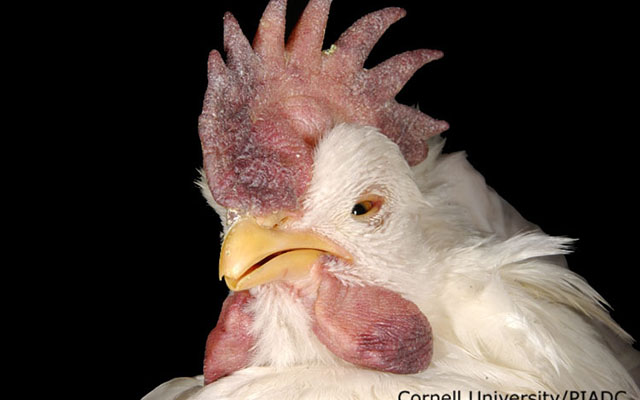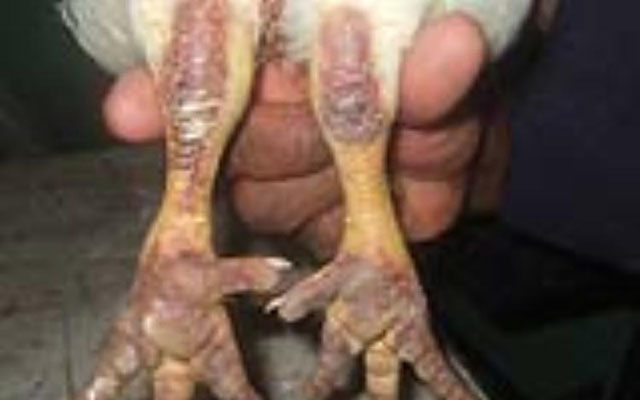Zim conducts study to assess avian flu’s impact on economy

Sifelani Tsiko
Government has commissioned a new study to assess the economic impact of the bird flu’s deadly march through the country’s poultry sector, a senior official says.Dr Anesu Ushewokunze-Obatolu, principal director in the Ministry of Agriculture, Mechanisation and Irrigation Development’s Department of Livestock and Veterinary Services, told the Herald recently that the study was now underway and could be completed in three months’ time.
“A study is underway to determine the impact of avian flu on the economy,” she said. “It started a week ago and we hope that in another three months it will be complete.”
Zimbabwe has been hit by a shortage of broiler chicks and table eggs after Irvine’s, the country’s biggest poultry producer, was hit by an outbreak of bird flu in the past few months. The company was hit by two avian flu outbreaks in May and July, resulting in it culling more than 200 000 broiler parent stock in a bid to contain the highly pathogenic virus.
Zimbabwe’s neighbours, South Africa and the Democratic Republic of Congo, were also affected by the bird flu. Zimbabwe and South Africa have culled over a million chickens to control the spread of the highly contagious bird flu, according to the Food and Agricultural Organisation. In an industry update, the Zimbabwe Poultry Association said culling of the parent stock at Irvine’s had resulted in a shortage of broiler day old chicks of nearly 500,000 per week. The association said the gap had to be covered by more expensive imports from outside the southern African region.
“Our major concern is fighting the disease,” Dr Ushewokunze-Obatulu said. “We have not seen any more outbreaks in recent days. “We are working to minimise contact of their birds with wild birds, but it is very difficult to control the pandemic since there are lots of wild water bodies which harbour migratory birds.
“We keep encouraging farmers to report any cases of bird flu.” The deadly H5N2 virus, or avian flu virus (bird flu), was first detected in May this year in Zimbabwe and is now having an ever-increasing negative economic impact.
South African poultry producer, Astral Foods, too, has been hit hard by the highly pathogenic H5N8 bird flu, with the first outbreak reportedly costing the firm more than US$2 million. The outbreak of avian flu in the SADC region has prompted neighbouring countries including Namibia, Botswana and Mozambique to ban poultry imports from Zimbabwe.
The countries have also effected bans on poultry from South Africa too. Major losses have been registered in egg and chicken, along with the goods and services needed for production. Further losses have accumulated in terms of lost wages to workers and taxes to the fiscus.
In addition to the lost revenue to producers, business analysts say bird flu also had many other adverse consequences on economic activity, such as lost business for feed suppliers, veterinarians, truck transportation and financial institutions. The Department of Livestock and Veterinary Services has been working closely with the poultry and farming sector to enhance biosecurity controls.
The department said the food safety standards of the country remain secure despite the earlier outbreaks. Dr Ushewokunze-Obatulu assured consumers about food safety saying her department was still monitoring and conducting surveillances on the poultry sector.
“There are no new outbreaks and we want to assure you that we doing all we can to fight the disease,” she said. Hardest hit poultry firms have depopulated and adopted a battery of measures to do initial cleaning, secondary cleaning as well as the disinfection cycle before repopulation.
This has had an impact on table egg and chicken production as well as the commercial layer flock and broiler breeder flock. Animal health experts say the H5N8 strain has been detected in several countries in Europe, Africa and Asia over the past two years. Its spread has been aided by wild bird migrations across continents.











Comments